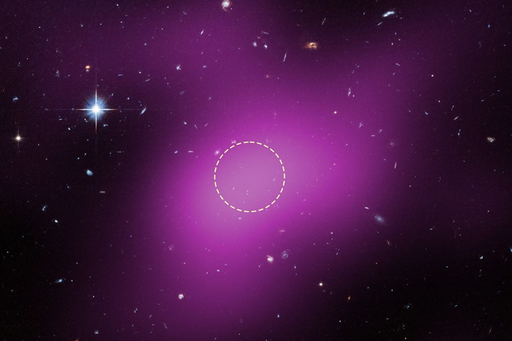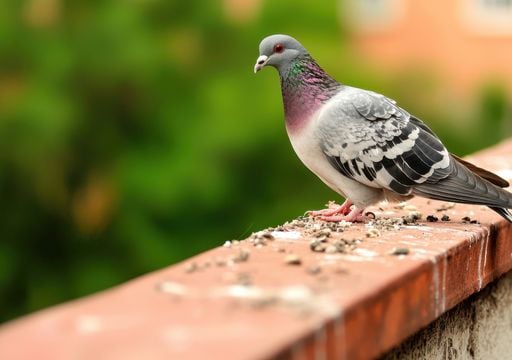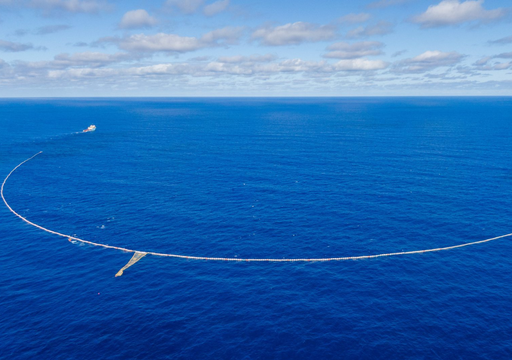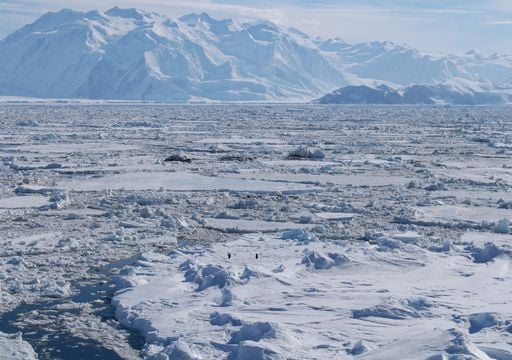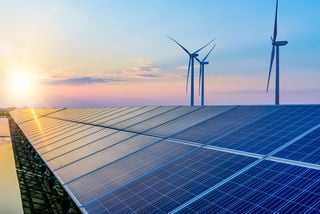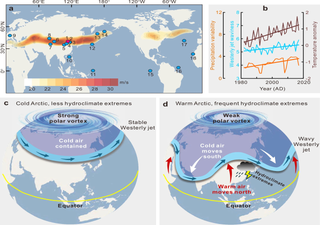Spectacular activity of Stromboli, the volcano that always erupts and which gives its name to "Strombolian" eruptions
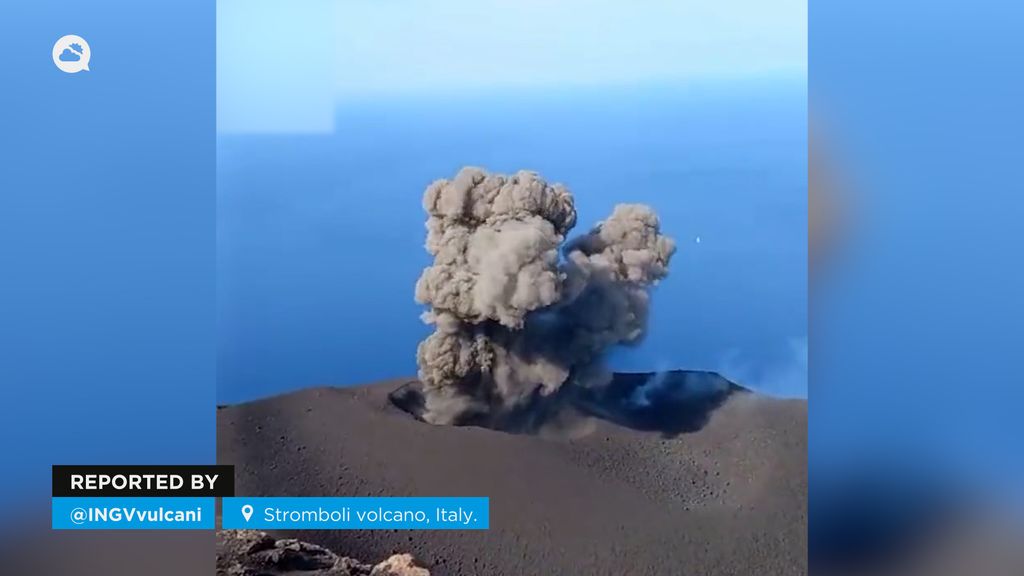
Volcanologists from the Italian Institute of Geophysics and Volcanology (INGV) immortalized the moment Stromboli erupted. The volcano of the Aeolian Islands, in Italy, has been in permanent activity for at least two thousand years! Here is the video.
In the last hours, the volcanologists of the Italian Institute of Geophysics and Volcanology (INGV), have immortalized an eruption of Stromboli, the volcano located in the Italian archipelago of the Aeolian Islands (province of Messina) that has been in permanent activity for at least two thousand years. The event seen in the video occurred on October 18, 2023, at about 12 noon, during the maintenance and restoration activities of the multigas stations of the INGV monitoring network. You can see the emission of ash coming out of the crater, forming a large column that expands upwards.
Despite the spectacularity, the video does not show anything exceptional: this type of eruptions happen continuously at the Stromboli.
The Stromboli, a permanently erupting volcano
The Stromboli, informs the INV - is one of the few volcanoes on Earth in 'persistent' activity. It is located on the northernmost island of the seven Aeolian Islands, an archipelago located in the north of Sicily, in the heart of the southern Tyrrhenian Sea.
The volcanic building has a conical shape, with 3 active craters. Immediately above the crater area stands the Pizzo above the Fossa, the highest point on the island, just below 1000 meters above sea level. The entire volcanic building is very large, as the base is two thousand meters deep below sea level.

Another distinctive element of this stratovolcano is the Sciara del Fuoco, a slight and steep depression into which the lava ooaks are channeled following the most copious eruptions. The latest spectacular phenomenon of lava overflow, with lava pouring into the Sciara del Fuoco descending towards the sea, occurred a few days ago.
The active craters of Stromboli are characterized by persistent activity, which according to the testimonies in our possession would have been going on for at least two thousand years. The ancient Greeks called this volcano "the lighthouse of the Mediterranean", because it already illuminated this area of the central Mediterranean more than two thousand years ago, becoming a reference point for ships.
The name Stromboli is famous in the world because the type of explosive activity that characterizes it has been used as a method of classification for other similar types of eruption around the world: strombolian-type eruptions.
What are strombolian-type eruptions?
Ongoing for several centuries now, the explosive activity visible on this Mediterranean island is what is known and classified throughout the world as 'stromboliana'. In fact, it was the Italian volcanologist Giuseppe Mercalli who first described this type of eruption, observing the Stromboli. Mercalli called them "slightly explosive eruptions at discrete but fairly regular intervals of seconds or minutes." The explosions in this Mediterranean volcano take place at intervals of a few tens of minutes.
They are volcanic eruptions of a relatively low level, therefore much less violent than explosive eruptions, in which there is an expulsion of incandescent slag, lapilli and lava bombs up to a height of tens or hundreds of meters above the eruptive mouth. (INGV, National Institute of Geophysics and Volcanology).
These small explosions are separated from each other and characterized by throws of fragments of incandescent lava, lapilli and ashes up to a few tens or hundreds of meters above the mouths. The explosions last from a few seconds to tens of seconds and are separated by intervals that can vary between minutes and several hours.
There may be periods of more sustained activity, with the formation of small lava flows, and even larger and far more dangerous explosions than usual strombolian activity. They are the so-called "parssms", in which we witness the throwing of bombs and blocks to the summit area (the Pizzo above the Fossa) and in some cases the relapse of incandescent pyroclastic material that can cause fires in the vegetation. One of the strongest paroxysms of recent years is that of summer 2019.
